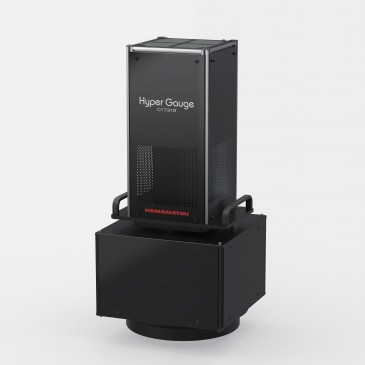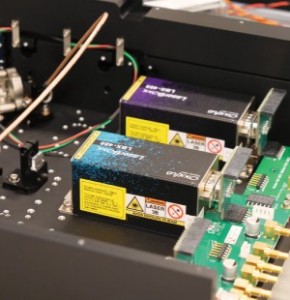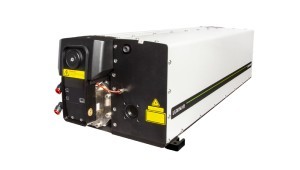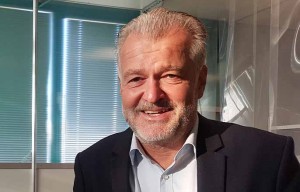
AIXaTECH GmbH develops and manufactures epitaxy systems for wide bandgap semiconductor materials. The company,which is located in Baesweiler, Germany, provides technology for the light emitting diode (LED), display (microLED), high power electronics (HEMT) and sensor industry (BAW). Thus AIXaTECH supports mega trends like autonomous/electric transportation, enhanced mobility/5G, increased connectivity, efficient lighting, artificial intelligence, and energy efficiency. In this article, Jose Pozo, EPIC’s CTO, talks to Volker Sinhoff, CEO of AIXaTECH, a manufacturer of novel epitaxy systems for the volume production of light emitting diodes (LED), high electron mobility transistors (HEMT), bulk acoustic wave filters (BAW) and transparent actuators in the 5G surrounding.
Early career
In 1990, Volker graduated from RWTH Aachen University with a degree in Mechanical Engineering. This was followed by a PhD in Photonics, which focused on improving the quality and cost effective manufacturing of aspherical optical components. As part of his PhD program, he worked at the Fraunhofer Institute for Production Technology (Fraunhofer IPT) and after receiving his PhD in 1995, he was offered the position of Managing Chief Engineer at the Fraunhofer IPT.
As Volker recalls, this was an exciting experience as he was able to work with scientists and PhD students exploring new ways of manufacturing and assembling products for new markets based on a variety of technologies. As he adds: “Fraunhofer is a very good example of how R&D should work: on the one hand they have a firm financial base to fund research on completely new technologies, and on the other, they work closely with established players in the industry - due mainly to the fact many Fraunhofer IPT PhD graduates go on to become managers in industry”.
INGENERIC
In 2000, Volker and some colleagues from Fraunhofer IPT set up INGENERIC with the idea of manufacturing optical components for telecom. But with the burst of the telecom bubble in the early 2000s, they were forced to look for new markets and focus on new products. At that time, there was growing demand for high-power diode lasers for a variety of commercial and industrial applications such as heat treating, barcode readers and laser printing & scanning. However, a major problem was price, as there was only one manufacturer worldwide producing the micro optics. Recognising the market potential, INGENERIC moved out of telecom and into the manufacture of diode lasers and related optics.
The company grew rapidly and in 2012, they were approached by TRUMPF one of their main customers, who wanted to acquire INGENERIC’s optical components for use in their laser machines. The other co-founders agreed and stayed with the company but Volker, wanting to be further independent entrepreneur, decided to sell his shares and move on to pastures new.
AIXaTECH
In 2014, he came across AIXaTECH, which had been founded in 2010 as a spin off from the RWTH Aachen University. The company was developing a revolutionary and disruptive low-temperature epitaxy process deposition technology for III-V materials, which had two main advantages over traditional MOCVD (Metal-Organic Chemical Vapour Deposition) technology.
Firstly, whereas MOCVD required temperatures of around 1,000°C, AIXaTECH’s approach worked with temperatures lower 300°C and was able to generate layers of single crystal, 30-90% cheaper than MOCVD. Secondly, there were functional advantages - the use of temperature sensitive substrates opened up a wide range of potential applications, and an absence of any parasitic layers and geometrical constraints made it possible to produce large substrates.
Using their patented technology, AIXaTECH was able to manufacture AIN (aluminium nitride) templates on sapphire and silicon, which would have a massive impact on the semiconductor market.
Attracted by the potential of this technology, in 2015, Volker joined AIXaTech as CEO, and has since then steered the company to become a manufacturer for epitaxy systems for the LED, High Power Electronics, display and 5G markets.
Milestones
Their first milestone was in 2019, when they received excellent feedback from their Asian customers regarding the manufacturer of LEDs on sapphire substrates. This was, and still is, the basis of AIXaTECH’s business, i.e., providing a starting substrate on which customers can grow their LEDs more efficiently, at a lower cost and with better quality, especially with respect to homogeneity. At the 3rd IPIEC Global Final held in December 2019 in Guangzhou, China, AIXaTECH was ranked among the three most valuable start-ups with a sustainable impact on the semiconductor market.
A second achievement was the recent positive feedback from glass manufacturers concerning the excellent quality of AIXaTECH’s layers on glass. This opens up a wide range of applications, particularly with microLEDs for large mobile device giants like Apple and Samsung who are looking for displays which consume less energy.
The third milestone was securing a large portion of the financing to start serial manufacture of serial machine equipment. As Volker explains, it soon became apparent that manufacturing and shipping millions of templates to Asia every month was not a sustainable business model and instead of making templates, the need to become a serial machine manufacturer and either sell or license the machines to their customers became obvious.
The future
In the longer term, Volker’s aim is for AIXaTECH to become an established player, both as an enabler of new applications for new markets and as a manufacturer of serial machine equipment. In the shorter term, the company will continue to manufacture its single crystal AlN templates for the LED and HEMT market as well as bulk material for BAWs and transparent actuators.
5G: The company can provide bulk acoustic wave filters for 5G. While the current 4G smartphone requires 49 of these filters, 5G phones will need 200, which makes it a huge future market. Furthermore, AIXaTECH’s technology enables the fabrication of transparent actuators, which, although currently unknown in industry, have enormous potential for applications such as invisible robots, tactical displays, variable-focus lenses, and flexible cellular phones.
Solar: For the Solar Power sector, AIXaTECH will continue to work as an enabler providing tandem solar cells with InGaN layers that are able to gather more sunlight and increase the efficiency compared with standard silicon cells.
High power electronics: In the power electronics sector, while AIXaTECH will continue to offer AIN-templates on silicon, mass markets are starting to demand gallium nitride based transistors. Hitherto, the problem with gallium nitride has been the high price for consumer products but with their technology, AIXaTECH will be able to achieve price parity with silicon based transistors, enabling them to impact strongly on the next generation gallium nitride transistor market.
MicroLEDs: As confirmed by several market reports, from 2024 there will be a big boom in microLEDs and LEDs in general for a lot of new lighting applications - not just on wafers but on large substrates beyond wafer dimension or even on flexible substrates. The main driver will be the demand for brighter and more power-efficient display panels for smartphones, televisions, AR/VR devices and the automotive industry. AIXaTECH is well positioned to exploit growth in this sector because its technology reduces costs right at the origin of the LED process chain by substituting the costly layer generation in the MOCVD reactor. Furthermore, the monolithic approach of direct growth on the final substrate material makes the costly assembly process obsolete.
Smart glass: Smart glass is known as switchable glass whose light transmission properties are altered when voltage, light, or heat is applied. In general, the glass changes from transparent to translucent and vice versa, changing from letting light pass through to blocking some (or all) wavelengths of light and vice versa. AIXaTECH could bring another dimension to these functionalities: The window could be used as a light source. During the day the sun shines through the window. At night when you switch on the light the light comes still from the window. AIXaTECH are currently in discussions with glass manufacturers about how to bring this type functionality to glass. For the light window with conventional glass, for mobile device applications with ultra-thin glass of a few micrometres.
Manufacturing in Europe: Currently, AIXaTECH’s disruptive technology is used almost exclusively to manufacture products in Asia and Volker would like to see some of this manufacturing come back to Europe. However, as he points out, volume manufacturing requires an ecosystem of system, material, component and service providers that no longer exists in Europe. For this reason, in the short term, Volker sees no alternative to selling their technology abroad. But as he says: “In the longer term we have to think about what we can do in Europe beyond selling machines and equipment to China, Japan and Taiwan”.
If you could start again, what would you do differently?
“First, I would start my own business earlier. Second, I wouldn't be so impetuous and sell the shares of my company because I now realise that a company in pole position in the field of photonics, has so many opportunities for its shareholders”.
What are your words of wisdom for the next generation of entrepreneurs?
“The main thing I’ve learnt is that as a small company you can make a very detailed business plan, but what's important afterwards is to follow the market. It doesn’t make sense to stick to your plans if the market doesn’t want your products. You really have to talk very frequently to your customers so that they really understand what you’re doing, and that you understand what they want and get first-hand knowledge of all the opportunities in the market”.
Written by Jose Pozo, Director of Technology and Innovation at EPIC (European Photonics Industry Consortium).









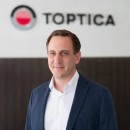



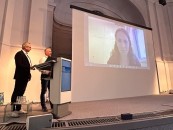
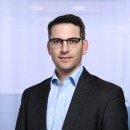
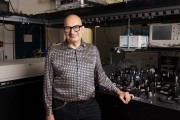



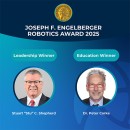
















 Back to Features
Back to Features